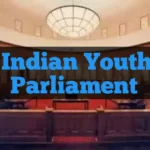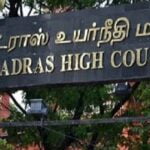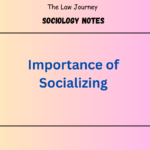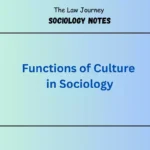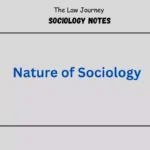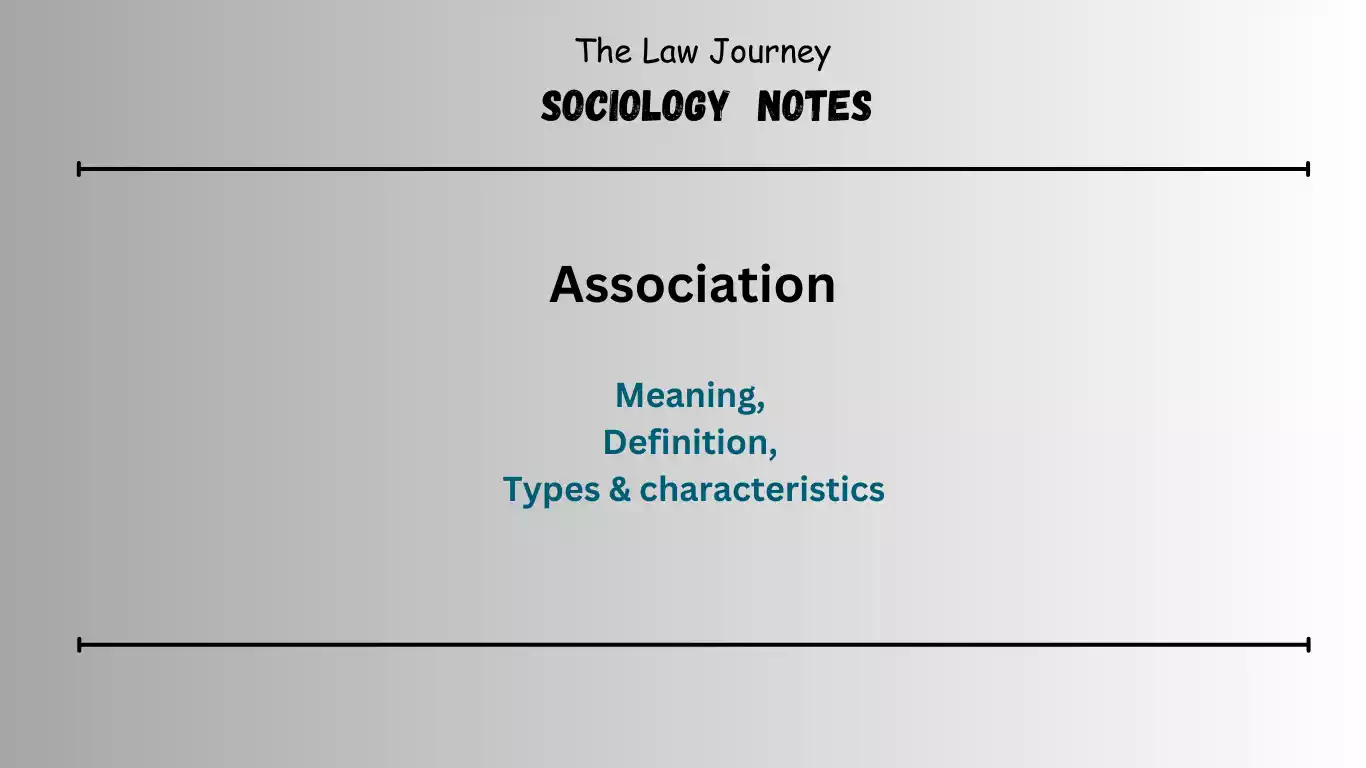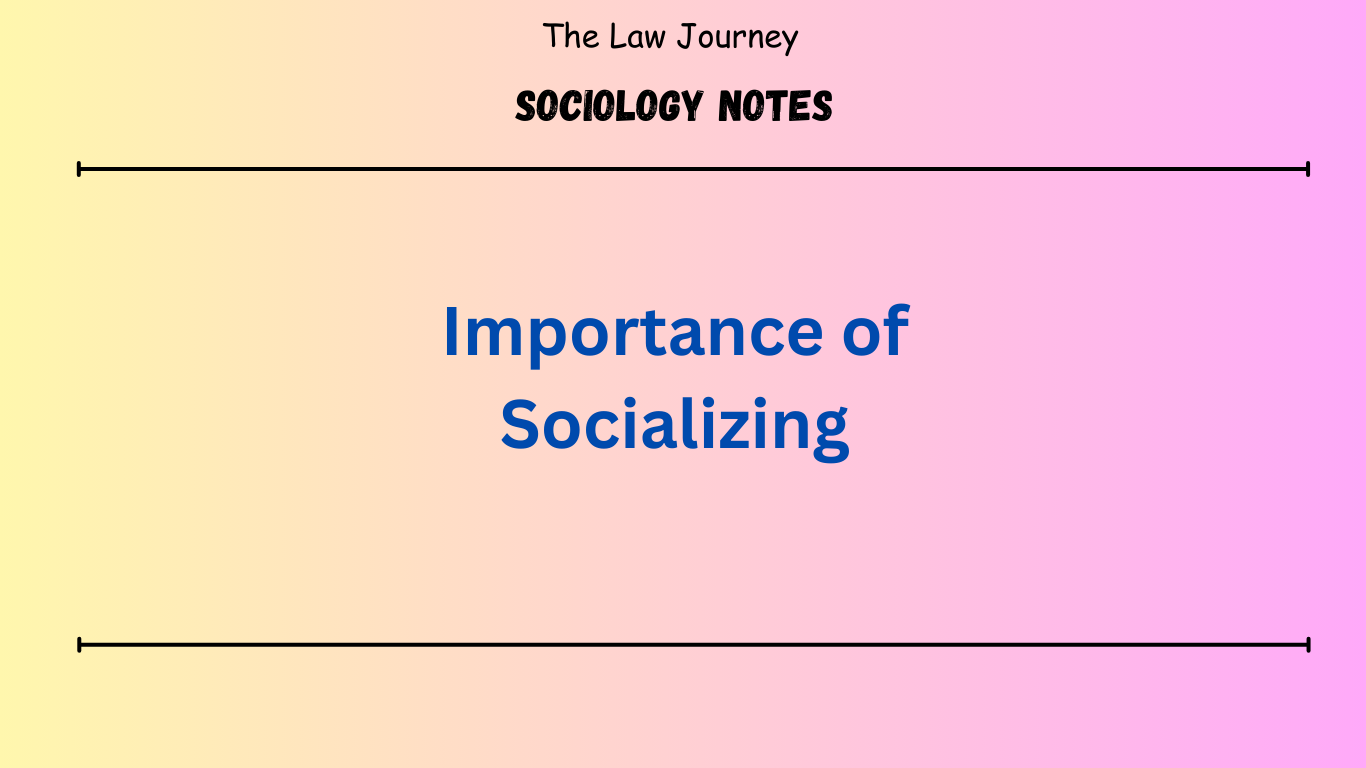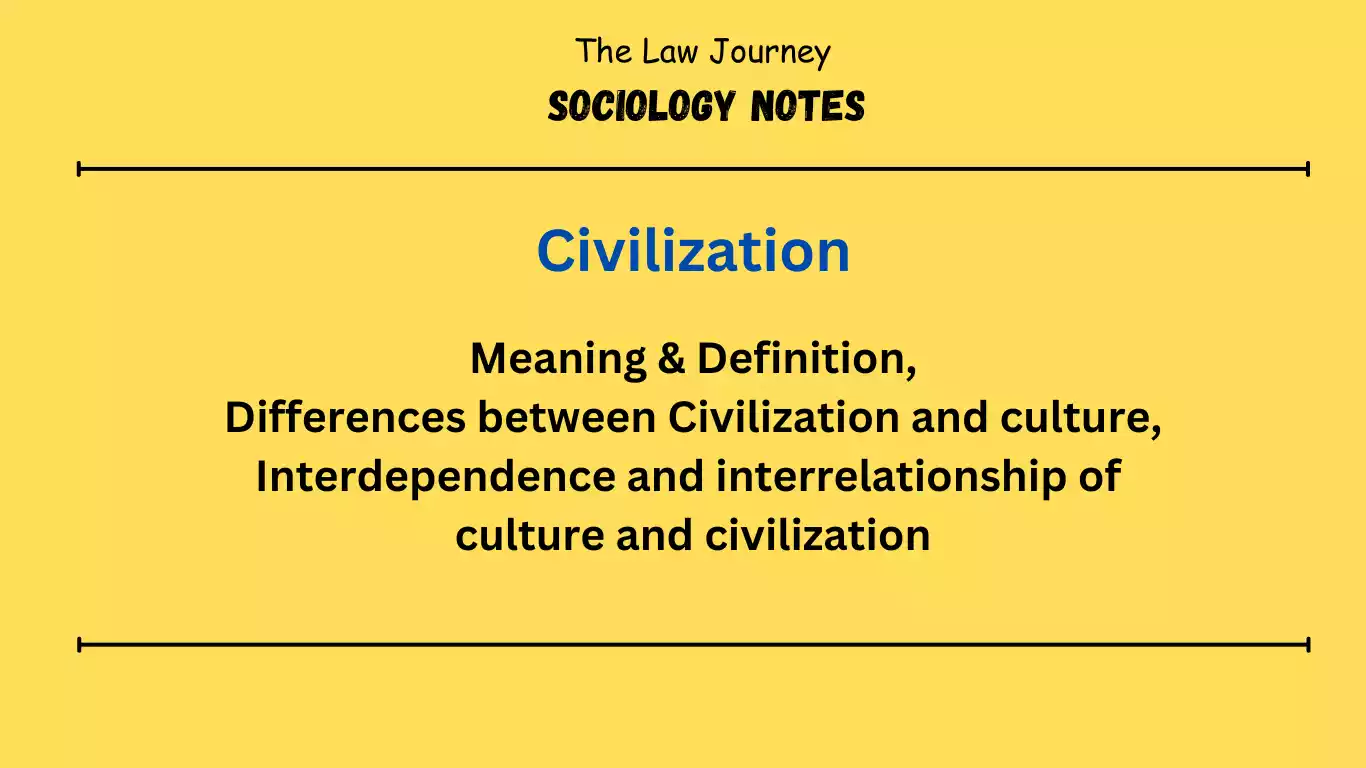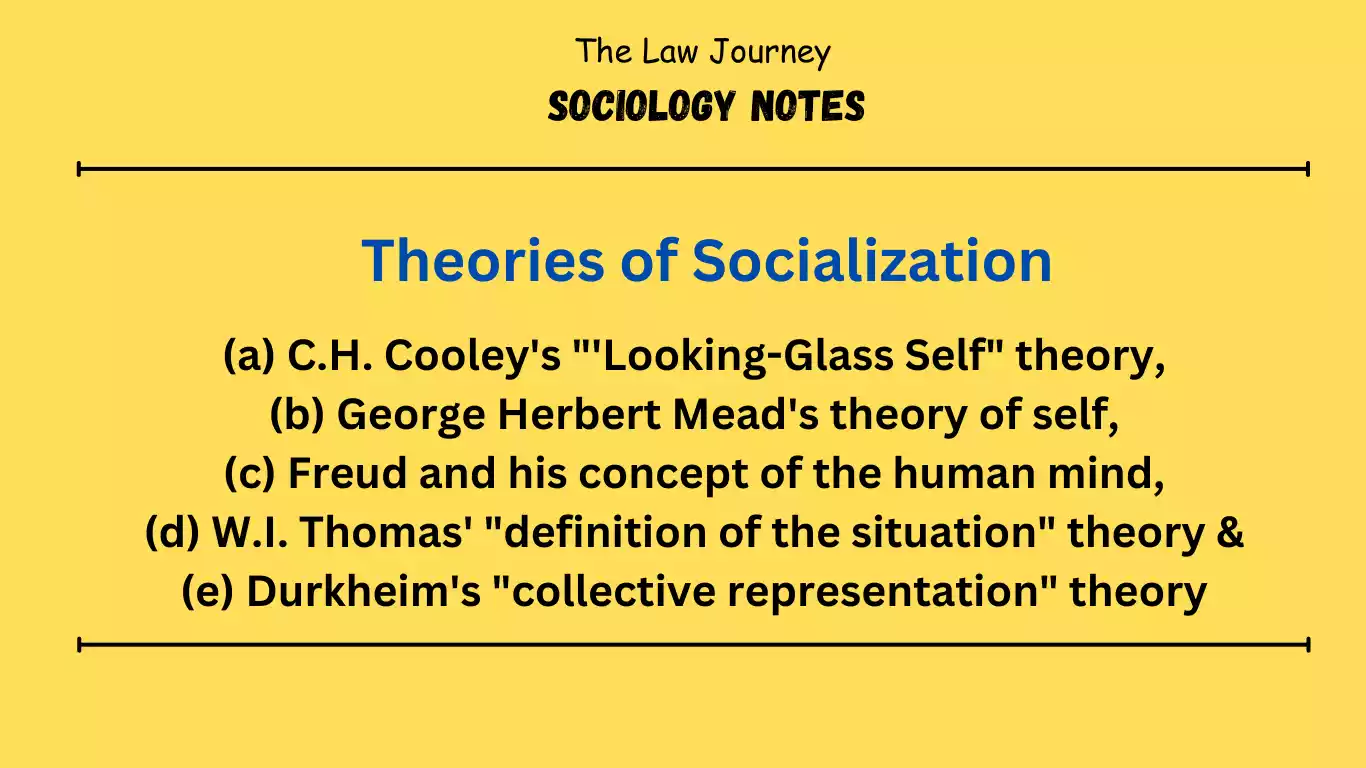We often use the words “association” and “institution” in our daily conversations. In some cases, these words are used interchangeably with the same meaning. However, these words are used in a particular way in sociology. Therefore, you need to know the meaning, nature and difference between these two terms.
Association as a means of pursuing goals Humans have a variety of needs, desires, interests, and goals that require satisfaction. There are three options to achieve your goal. Firstly, each can act independently in his own way, without worrying about others. This is anti-social and has its own limitations. Secondly, humans can achieve their goals by conflicting with each other. You may come into conflict with others in order to get what you want or what you want.
Finally, men can try to achieve their goals through cooperation and mutual aid. Based on this cooperative effort, each individual contributes to the well-being of his fellow humans. This collaborative effort is associated with the association. When a group or collection of individuals organizes explicitly for the purpose of cooperating and pursuing certain interests together, this is called the emergence of an association.
Definition of Association
(1) An association is “an organisation deliberately formed for the collective pursuit of some interest, or a set of interests, which its members share”. –R.M. MacIver
(2) An association is “a group of social beings related to one another by the fact that they possess or have instituted in common an organisation with a view to securing a specific end or specific ends”-Morris Ginsberg
(3) An association is a group of people organised for the achievement of a particular interest or interests.
(4) An association is “a group organised for the pursuit of an interest or group of interests in common”
Different Types of Associations
There are many different types of associations, and here are some examples. example
(1) Political Associations : Bharatiya Janata Party, Nationalist Congress Party, Communist Party, Bharatiya Janata Party Yuva Morcha, etc.
(2) Religious Associations: Vishwa Hindu Parishad;
Ramakrishan Mission, Arya Samaj, Jesuits, etc.
(3) Student Associations: Akhil Bharatiya Vidyarthi Parishad, Delhi University Students Association, National Union of Students of India, Chhatra Yuva-Sangharsh Vahıni, etc.
(4) Workers’ Associations: Bharatiya Mazdoor Sangha, The Hind Mazdoor Panchayat, Indian National Trade Union Congress, All India Trade Union Congress, etc. (5) Professional bodies: Karnataka State University Teachers Association, Indian Medical Association, Bar Council of India.
(6) Business associations or organizations: economic organizations, hotel owners associations, chambers of commerce, consumer cooperatives, etc.
(7) International Associations: Rotary Club, Lions Club, Y.M.C.A., Y.W.C.A., Amnesty International, Friends of India Association.
Relevance can be found in various fields. No single entity can satisfy all individual interests. Humans have different interests and therefore organize different clubs to satisfy different interests. Therefore, a person can belong to multiple Associations. He may be a member of a political Associations, a religious Associations, a professional association, a cultural association, a recreational association, a sports association, a Rotary association, etc.
Main characteristics of the Association
The main characteristics of our association are as follows.
(i) Association – a group of humans. Associations are created or created by people. It is essentially a social group. A club cannot exist without people. However, not all groups are clubs, as clubs are essentially organized groups. Unorganized groups such as crowds and mobs do not constitute clubs.
(ii) common interests; A club is more than just a group of individuals. It is made up of people with more or less the same interests. Therefore, those with political interests can join political associations, and those with religious interests can join religious associations.
(iii) a cooperative spirit; Clubs are built on the spirit of cooperation between members. People work together to achieve specific goals. For example, political parties must work together as a cohesive group based on cooperation to achieve their goal of gaining power.
(iv) Organization. A club is a type of organization. A club is essentially an organized group. The tissue gives the club stability and proper shape. An organization is a way of distributing status and roles among its members.
(v) Regulation of Relationships. Every association has its own ways and means of regulating the relationships of its members. Organizations rely on this regulatory element. They can take written or non-written forms.
(vi) Association as Agent. An association is an instrument or institution whose members seek to achieve similar or common interests. Such social organizations necessarily function not only as rough leaders but also through officials and representatives as institutions. Associations usually operate through representatives who are responsible to the association. This situation gives the association a special character and special legal status. Additionally, associations can have their own way of working as an association.
(vii) Durability of Connections. Connections can be permanent or temporary. Some organizations, such as states, have been in existence for many years. family. religious groups, etc. Some associations may be purely temporary. Examples: Societies established to honor great writers, scientists, and religious leaders, and societies established to hold large-scale social, religious, or other ceremonies and fairs.
From the above we can see that a club is more than just a group. This is a group explicitly organized around specific interests. The condition “explicitly organized” helps distinguish clubs from other social groups. Social groups such as classes, crowds, mobs, and the public are not associations in this sense.
In modern society, the number of associations is increasing. Not only are the numbers increasing, but so are the types. There are associations in almost every area of our social life. The rapid changes taking place in various areas of our social life have made it necessary to create a large number of associations.
In modern democracies, associations play a special role. Their role in strengthening the democratic order cannot be overstated. Today’s modern era is truly an era of associations and organisations. Today, human life is largely lived and controlled by larger communities (nations).
Association and community
An association is established with the purpose of meeting one or more of her common and specific needs of people. Therefore, it is created consciously. A community, on the other hand, is a natural organization. Its goals are general, but not specific. Human beings are born into communities, but they join different organizations to satisfy their particular interests and needs.
A Association is not a community, but an organization within a community. We can call cities communities, but not churches, unions, or political parties. We can call a country a community, but we cannot call a political party in that country. They are associations. The interests of the community are broader than those of the association.
Therefore, an association is partial, but a community is integrative. A community is more inclusive than a Association. Therefore, the community is freer and more inclusive than the largest Association. Within a community, there can be many Associations as well as hostile Associations. Communist and Democratic political parties. Associations are organized around specific interests, and we belong to them based on those interests. Association membership has limited meaning.
Related Post
- Concept of Social Groups in Sociology
- RTI notes
- Political Notes
- Legal History Notes
- Law of Torts notes
- Legal notes
- law project maker
- moot court memorial maker
meaning of Association ?
An association is a group of people organised for the achievement of a particular interest or interests.
Main characteristics of the Association ?
(i) Association – a group of humans. Associations are created or created by people. It is essentially a social group. A club cannot exist without people. However, not all groups are clubs, as clubs are essentially organized groups. Unorganized groups such as crowds and mobs do not constitute clubs.
(ii) common interests; A club is more than just a group of individuals. It is made up of people with more or less the same interests. Therefore, those with political interests can join political associations, and those with religious interests can join religious associations……
Reference Books
- C.N. Shankar Rao – Principle of sociology with an introduction to social thoughts
- Introduction to Sociology by Anthony Giddens
- A Dictionary of Sociology by John Scott
- Sociological Theory by George Ritzer
- Handbook of Indian Sociology by Veena Das
- Social Change in Modern India by M N Srinivas




